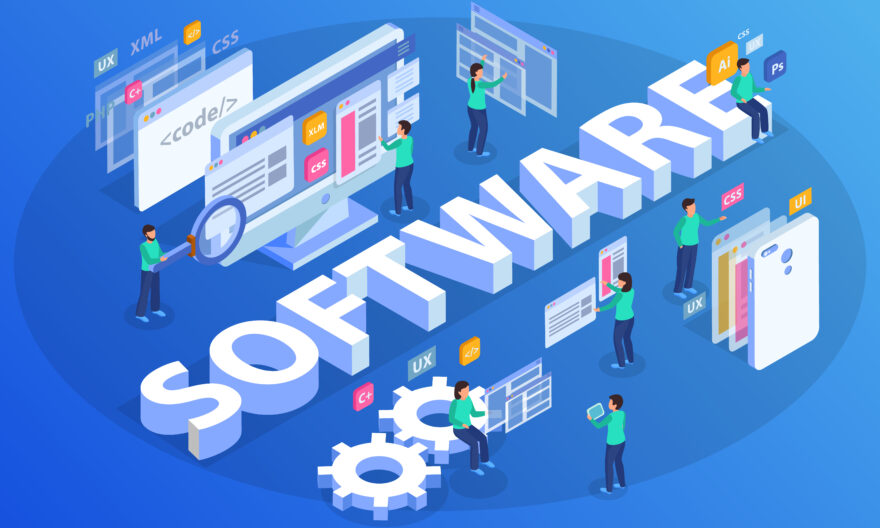
In today’s fast-paced business world, managing assets efficiently is crucial. Equally important, however, is ensuring compliance and security in Enterprise Asset Management (EAM). This article explores how companies can achieve both effectively.
Understanding Enterprise Asset Management (EAM)
What is EAM?
Firstly, asset management systems involve managing an organization’s physical assets. These assets include machinery, equipment, and facilities. Companies use EAM systems to track and maintain these assets throughout their lifecycle.
Why is EAM Important?
Moreover, EAM is essential because it helps organizations maximize asset performance. By doing so, companies can reduce costs, extend asset life, and improve overall efficiency. Therefore, EAM plays a significant role in achieving operational excellence.
The Importance of Compliance in EAM
What is Compliance?
Compliance refers to adhering to laws, regulations, and industry standards. For instance, organizations must follow environmental regulations, safety standards, and financial reporting requirements. Consequently, non-compliance can lead to severe penalties, legal issues, and reputational damage.
Why Compliance Matters in EAM
Furthermore, compliance in EAM ensures that companies operate within legal and regulatory frameworks. This is crucial because non-compliance can result in fines, shutdowns, or other legal actions. Hence, maintaining compliance is vital for the sustainability and reputation of any organization.
Key Compliance Challenges in EAM
- Regulatory Changes: Regulations frequently change, making it hard for companies to stay updated.
- Complexity: Managing compliance across multiple assets and locations can be complex.
- Documentation: Ensuring accurate and timely documentation is essential yet challenging.
Ensuring Compliance in EAM
Regular Audits and Inspections
Firstly, conducting regular audits and inspections helps identify compliance gaps. These audits ensure that all assets meet regulatory standards. Therefore, companies should schedule periodic inspections to maintain compliance.
Training and Education
Moreover, training employees on compliance requirements is crucial. Employees should understand the importance of compliance and know how to follow procedures correctly. Consequently, regular training sessions can help keep everyone informed and compliant.
Leveraging Technology
In addition, using technology can simplify compliance management. EAM software can track compliance requirements, schedule inspections, and maintain records. Thus, technology plays a pivotal role in ensuring compliance.
The Importance of Security in EAM
What is Security in EAM?
Security in EAM involves protecting assets from threats such as theft, vandalism, and cyber-attacks. As a result, securing assets is crucial for preventing financial losses and operational disruptions.
Why Security Matters in EAM
Furthermore, security is vital because assets are valuable and essential for business operations. Without proper security measures, companies risk losing these assets. Hence, securing assets is a top priority for any organization.
Key Security Challenges in EAM
- Physical Threats: Theft and vandalism are common threats to physical assets.
- Cyber Threats: Cyber-attacks can compromise asset data and systems.
- Insider Threats: Employees or contractors can also pose security risks.
Ensuring Security in EAM
Implementing Physical Security Measures
Firstly, implementing physical security measures can protect assets from theft and vandalism. These measures include security cameras, access control systems, and security personnel. Therefore, investing in physical security is essential for asset protection.
Cybersecurity Measures
Moreover, cybersecurity measures are crucial for protecting asset data and systems. These measures include firewalls, encryption, and regular software updates. Consequently, robust cybersecurity can prevent data breaches and cyber-attacks.
Employee Awareness and Training
In addition, educating employees about security risks and best practices is vital. Employees should be aware of potential threats and know how to respond. Thus, regular security training can enhance overall security.
Integrating Compliance and Security in EAM
The Synergy Between Compliance and Security
Firstly, compliance and security are interrelated and mutually beneficial. For example, compliance with security standards can enhance overall security. Conversely, robust security measures can help meet compliance requirements. Therefore, integrating both aspects is crucial.
Steps to Integrate Compliance and Security
Develop a Comprehensive Policy
Moreover, developing a comprehensive policy that addresses both compliance and security is essential. This policy should outline procedures, roles, and responsibilities. Consequently, a well-defined policy can guide employees and ensure consistency.
Use Integrated EAM Software
In addition, using integrated maintenance software can streamline compliance and security management. This software can provide a centralized platform for tracking compliance, scheduling inspections, and monitoring security. Thus, integrated software can enhance efficiency and effectiveness.
Regular Reviews and Updates
Finally, regularly reviewing and updating policies and procedures is vital. Regulations and threats evolve, so companies must adapt accordingly. Therefore, continuous improvement is essential for maintaining compliance and security.
Collaborative Approach
Additionally, fostering a collaborative approach between different departments enhances compliance and security. For instance, the IT department can work closely with the operations team to address cybersecurity and physical security simultaneously. Consequently, a unified effort ensures that all aspects of asset management are covered comprehensively.
Incident Response Planning
Moreover, having a robust incident response plan is crucial. This plan should detail steps to take in case of a security breach or compliance issue. Therefore, being prepared for potential incidents minimizes damage and ensures a quick recovery.
Conclusion
In conclusion, ensuring compliance and security in Enterprise Asset Management is essential for any organization. Companies must prioritize regular audits, employee training, and leveraging technology for compliance. Similarly, they should implement physical and cybersecurity measures and promote employee awareness of security. By integrating both aspects, organizations can protect their assets, avoid legal issues, and achieve operational excellence. Thus, a proactive approach to compliance and security in EAM ensures long-term success and sustainability.



